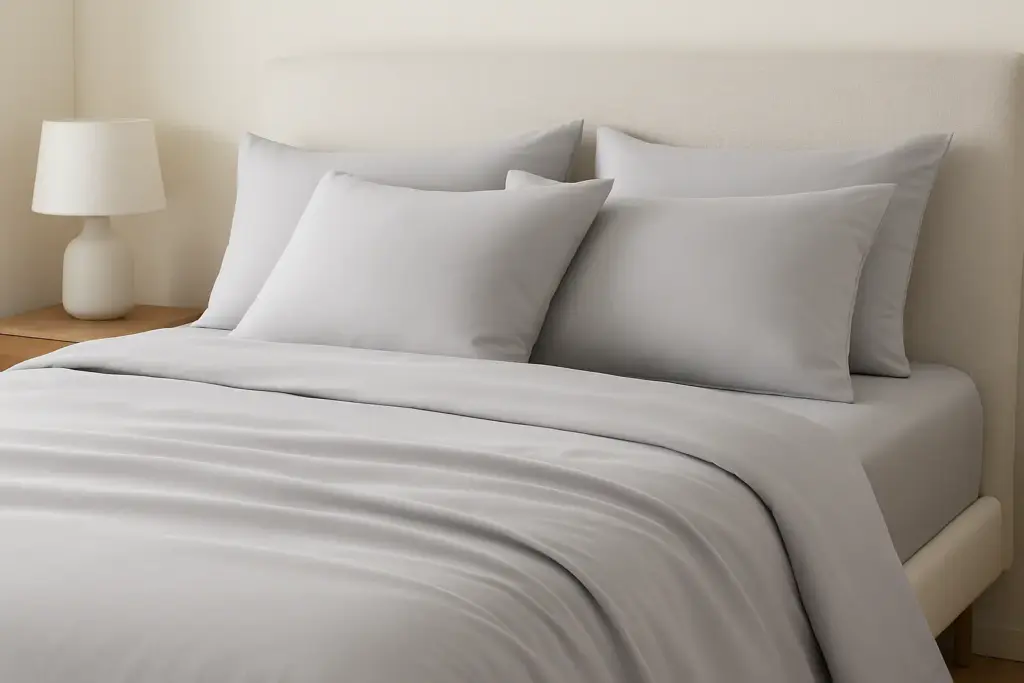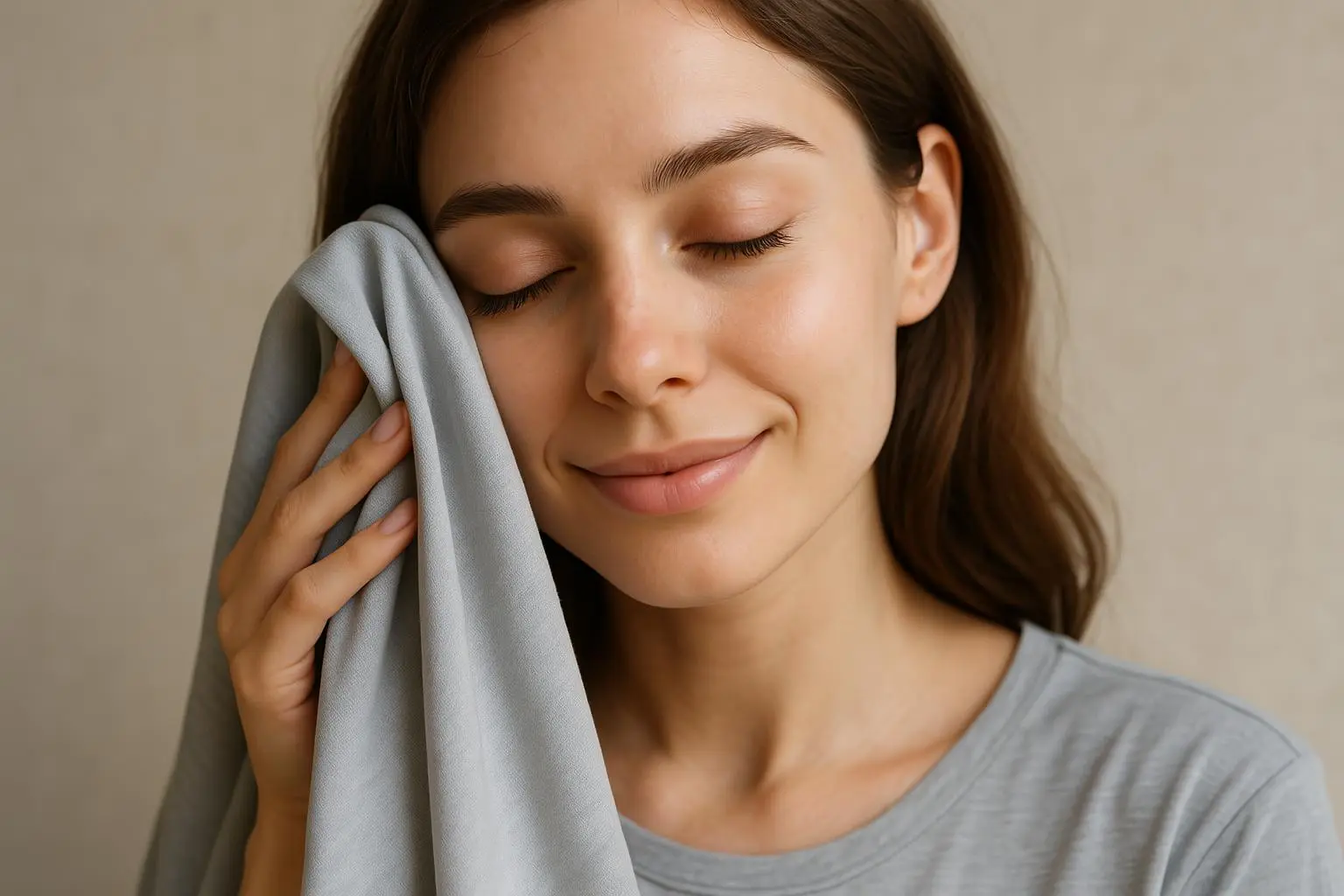In the world of modern textiles, modal fabric has emerged as a premium material known for its exceptional softness, breathability, and eco-conscious profile. Derived from natural cellulose, modal is a semi-synthetic fiber that bridges the gap between luxurious comfort and functional performance — making it a top choice for bedding, loungewear, and intimate apparel.
This article explores what modal fabric is, how it’s made, and why it’s gaining traction among both manufacturers and consumers.
What Is Modal Fabric?
Modal is a type of regenerated cellulose fiber, originally developed in Japan in the 1950s. It is made primarily from the pulp of beech trees and is considered a second-generation viscose, offering improved performance and environmental characteristics compared to traditional rayon.
It is often marketed as:
- Soft like silk
- More breathable than cotton
- Stronger than viscose
Modal is frequently blended with cotton or spandex to enhance elasticity, structure, and durability.
How Is Modal Made?
The modal production process involves:
- Harvesting beech trees, often from sustainably managed forests.
- Extracting cellulose through chemical pulping.
- Dissolving cellulose into a viscous solution.
- Spinning this solution into fibers via extrusion and drying.
- Washing and finishing, using environmentally optimized processes (in the case of Lenzing Modal®).
✅ Many modal producers utilize closed-loop systems to reduce chemical waste and energy consumption.
Key Properties of Modal Fabric
| Property | Description |
|---|---|
| Softness | Incredibly smooth to the touch, often compared to silk |
| Breathability | Highly moisture-wicking, suitable for humid climates |
| Durability | Stronger than rayon, resists pilling and shrinkage |
| Color Retention | Holds dye well for vibrant, long-lasting colors |
| Stretchability | Often blended for enhanced flexibility and drape |
| Eco-Friendliness | Derived from renewable resources with cleaner processing |
Modal vs. Other Fabrics
| Feature | Modal | Cotton | Rayon | Bamboo Viscose |
|---|---|---|---|---|
| Softness | Ultra-soft | Moderate | Soft | Very soft |
| Durability | High | High | Low | Medium |
| Moisture-wicking | Excellent | Good | Fair | Good |
| Eco Profile | Strong (if certified) | Varies | Poor | Varies |
| Pilling | Low | Moderate | High | Low |
Applications in Bedding & Apparel
Modal is particularly valued in products where comfort meets performance:
🛏️ In Bedding:
- Bed sheets and pillowcases: Extremely soft, cool to the touch, drapes beautifully
- Duvet covers: Luxurious hand-feel, ideal for upscale retail or boutique hotels
- Mattress toppers: Blended covers to enhance skin contact comfort
👚 In Apparel:
- Loungewear, undergarments, leggings
- Activewear blends with elastane
- Summer dresses and sleepwear

Sustainability Credentials
Modal’s sustainability depends heavily on the source and process. For instance:
- Lenzing Modal® (Austria) uses FSC-certified beechwood and closed-loop chemical processing.
- Modal requires 10–20x less water than conventional cotton.
- Biodegradable and compostable under proper conditions.
🔍 Tip for buyers: Always look for certified suppliers (e.g., OEKO-TEX®, GRS, FSC) to ensure eco-compliance.
Challenges & Considerations
- Cost: Modal is more expensive than regular cotton or polyester.
- Heat Sensitivity: Can be damaged by high dryer temperatures or excessive ironing.
- Counterfeit Claims: Some low-quality rayon is mislabeled as modal — verify source.
Conclusion: A Fabric of the Future
Modal is more than just a “soft” fabric — it’s a high-performance textile solution that aligns with modern values: comfort, sustainability, and quality. Whether you’re building a premium bedding collection or launching a performance apparel line, modal offers exceptional value for discerning consumers.


Leave a Reply